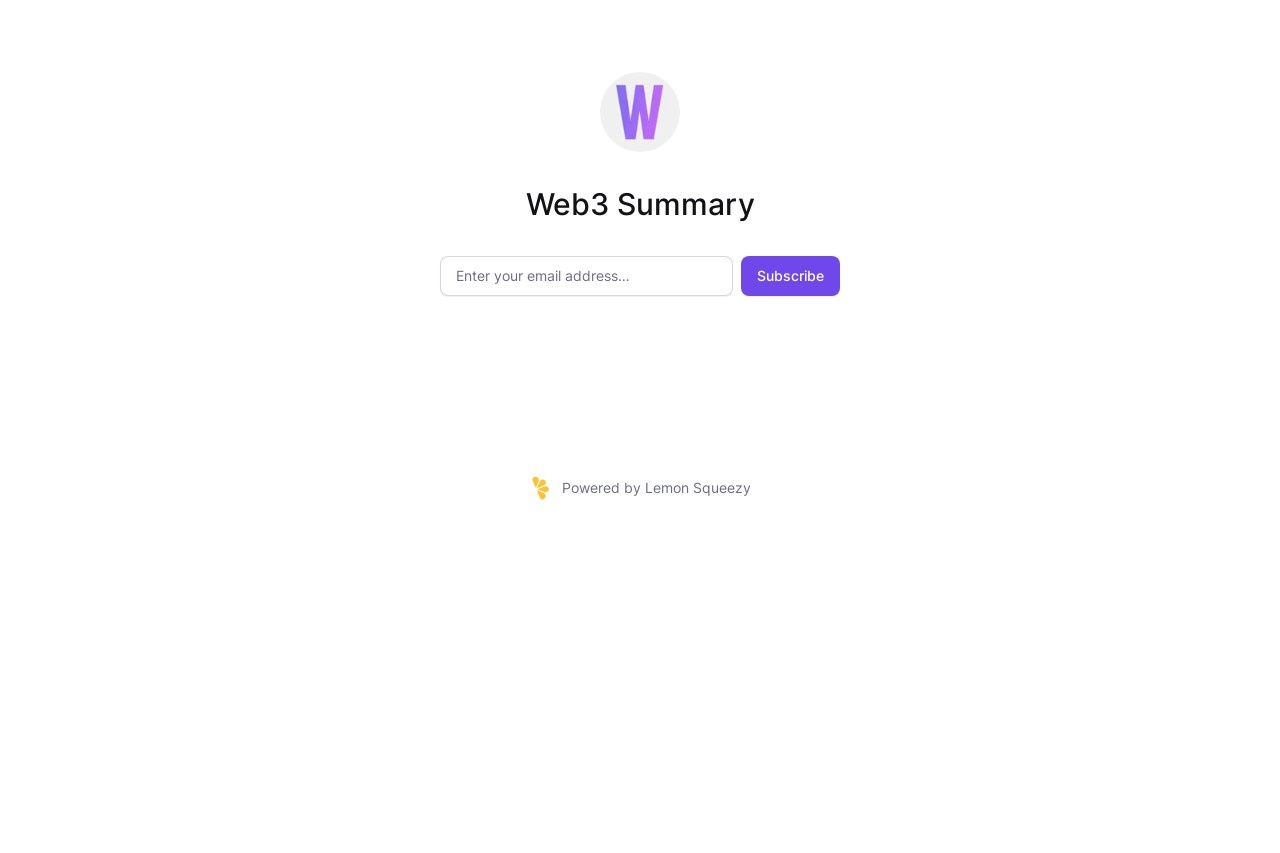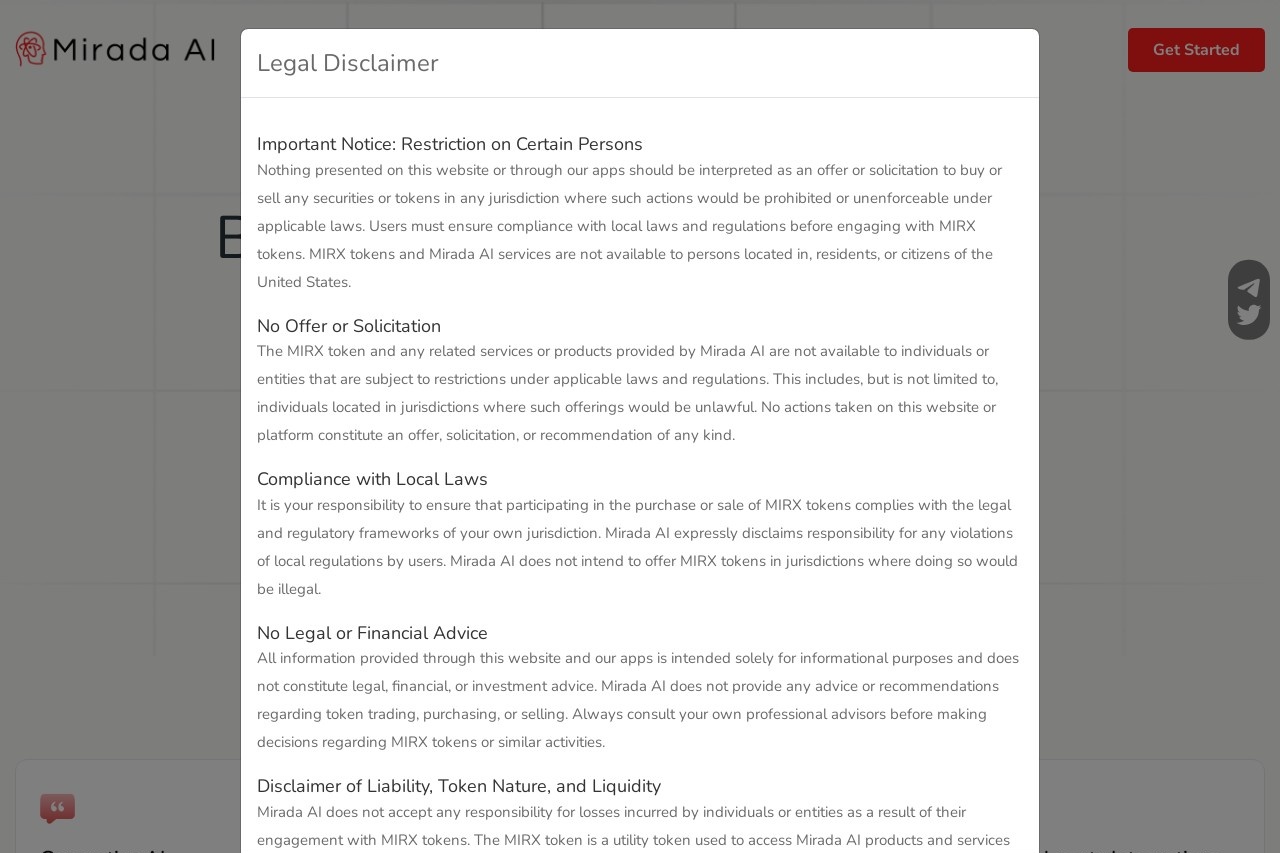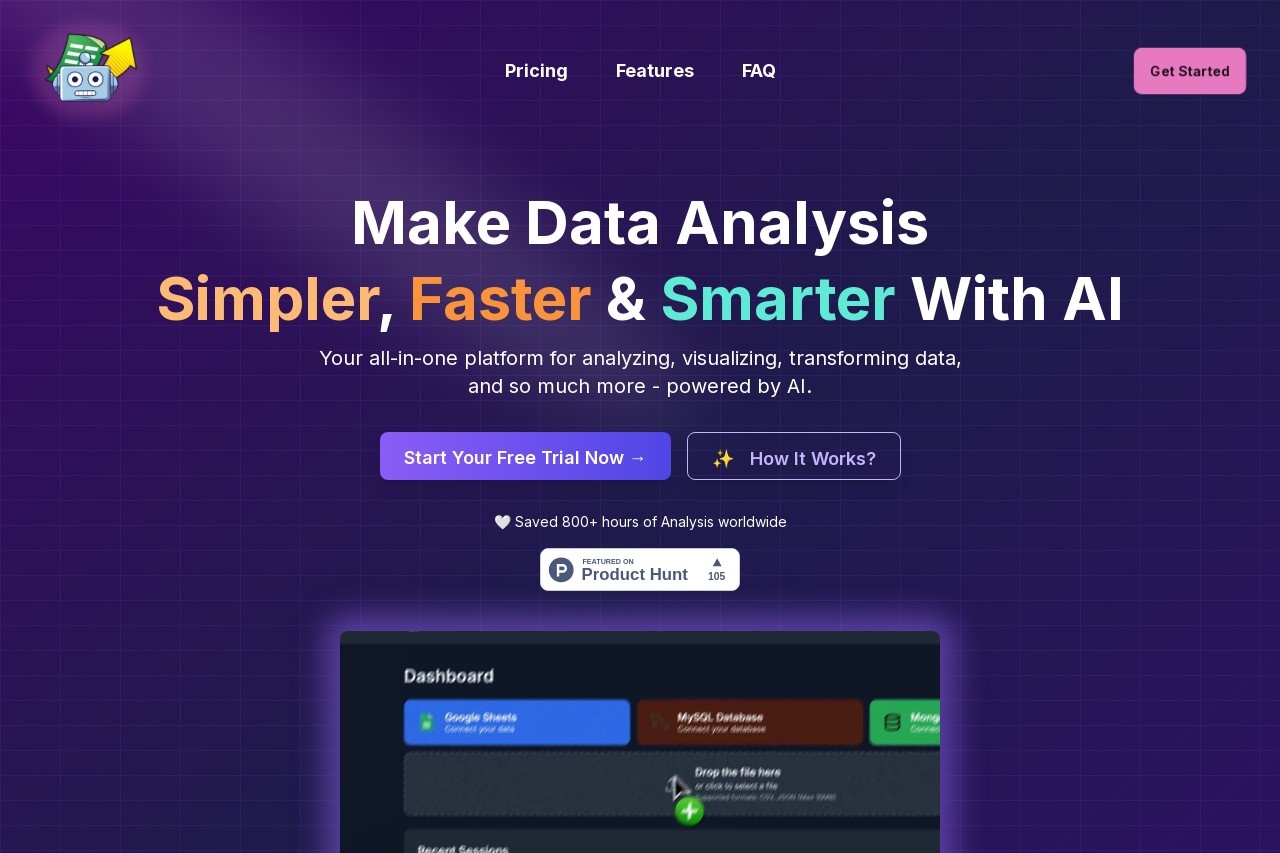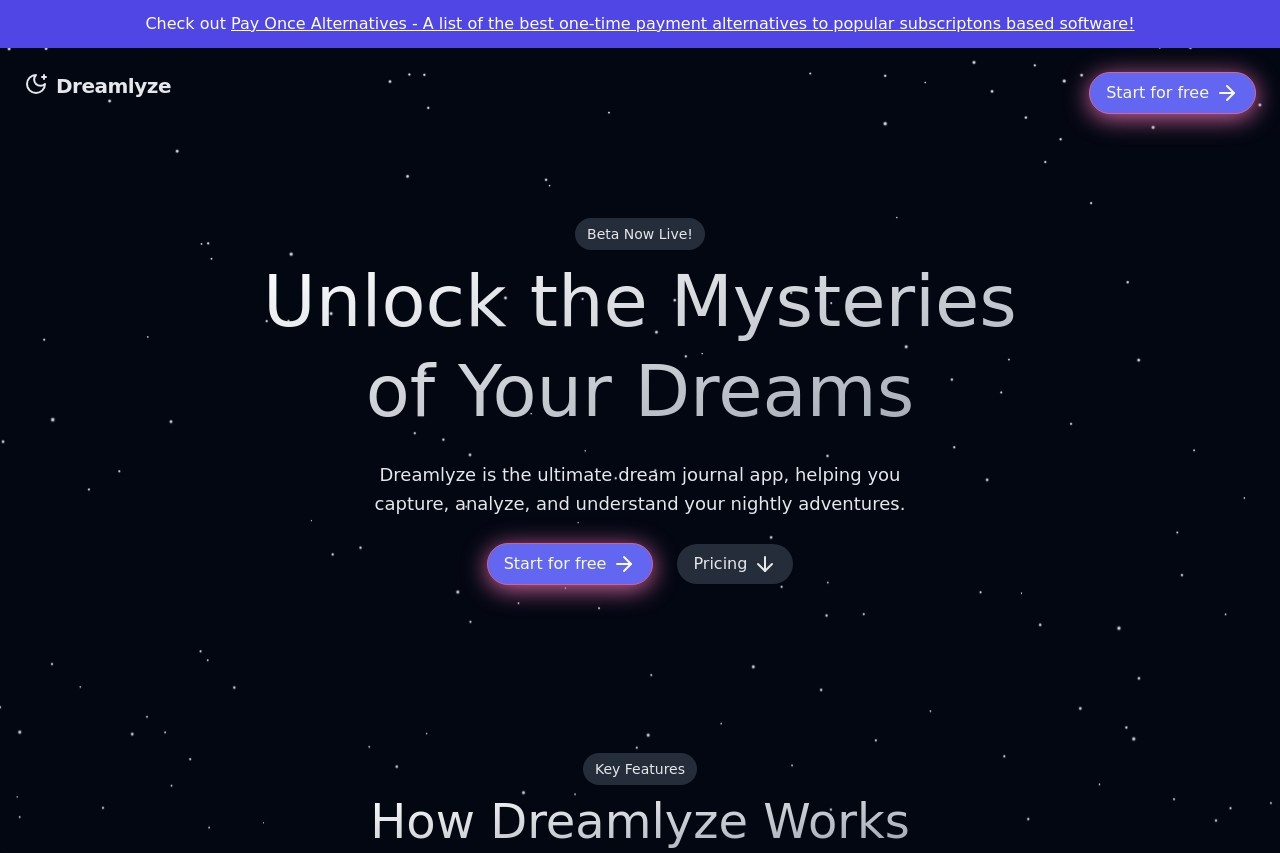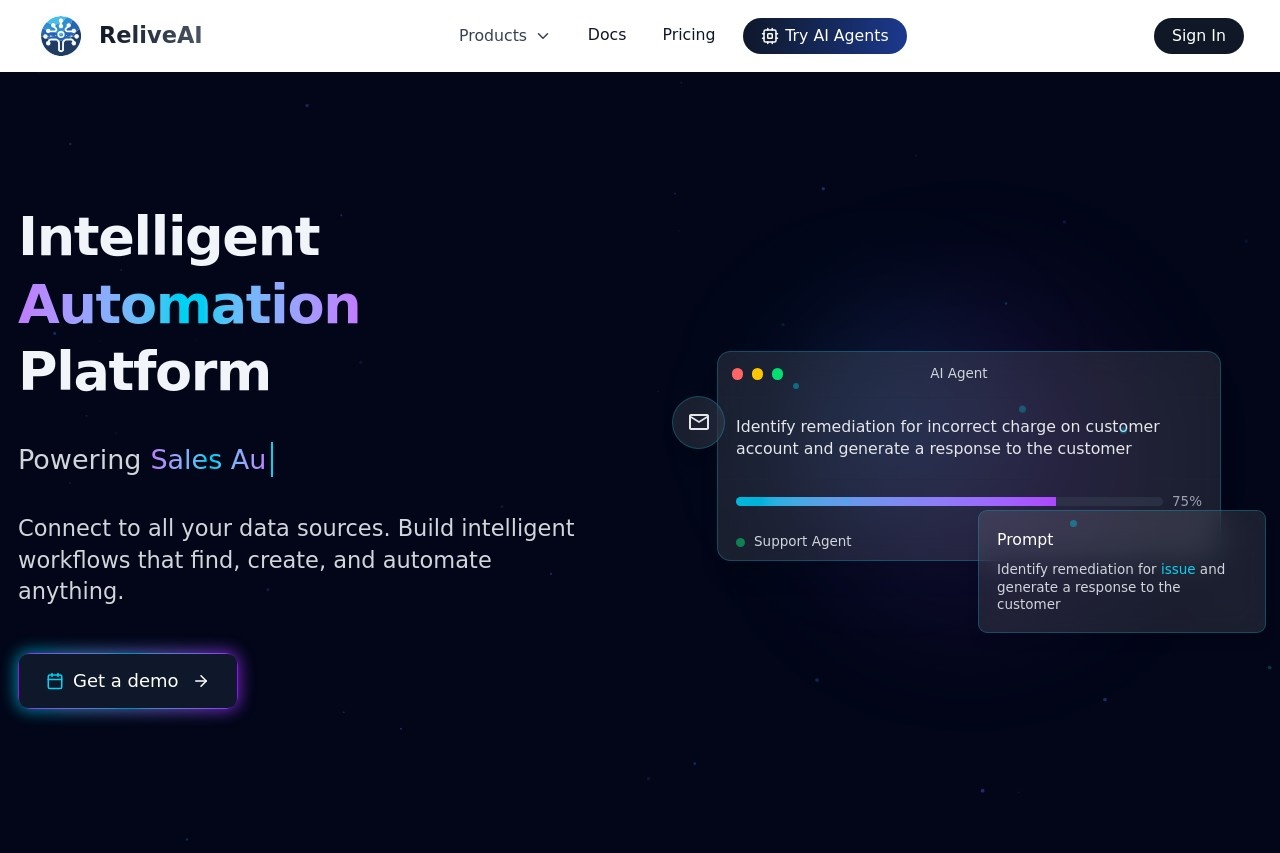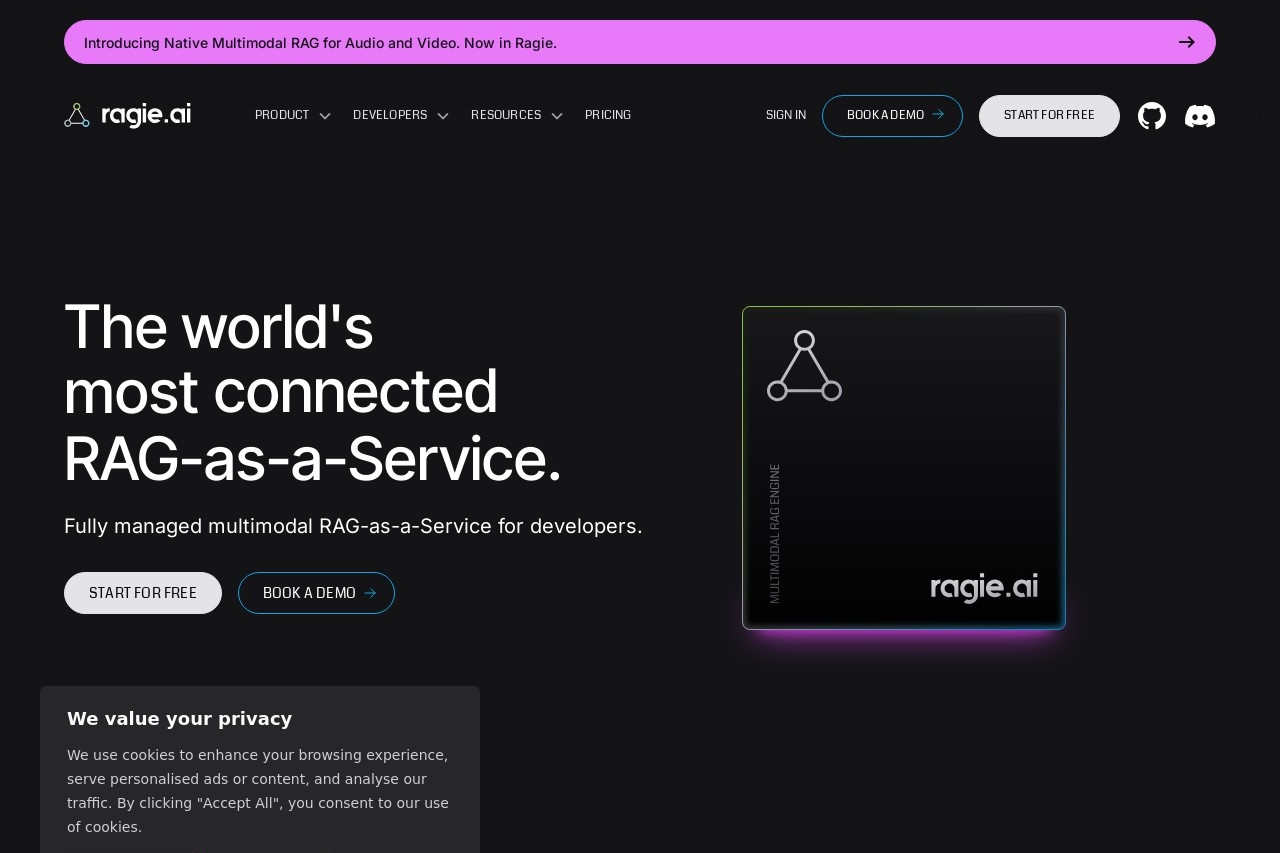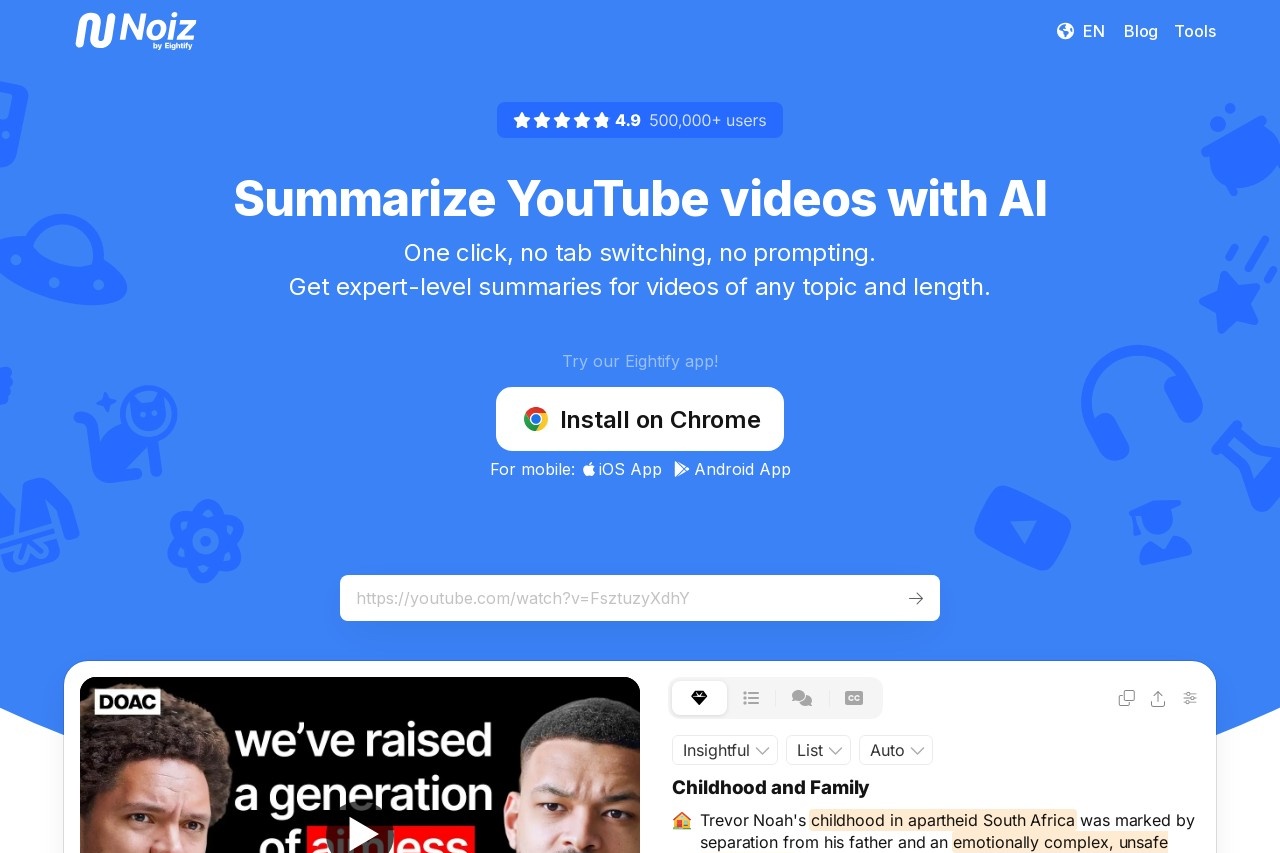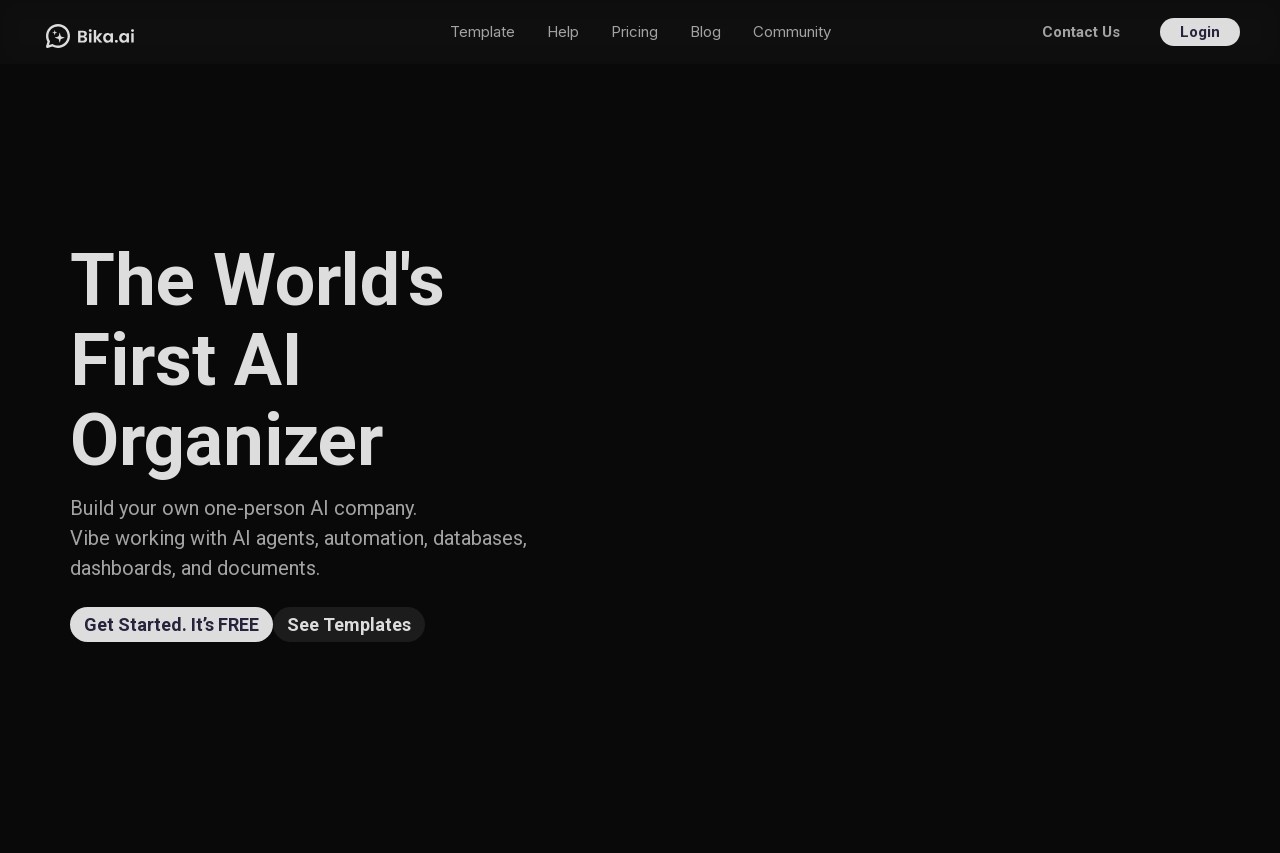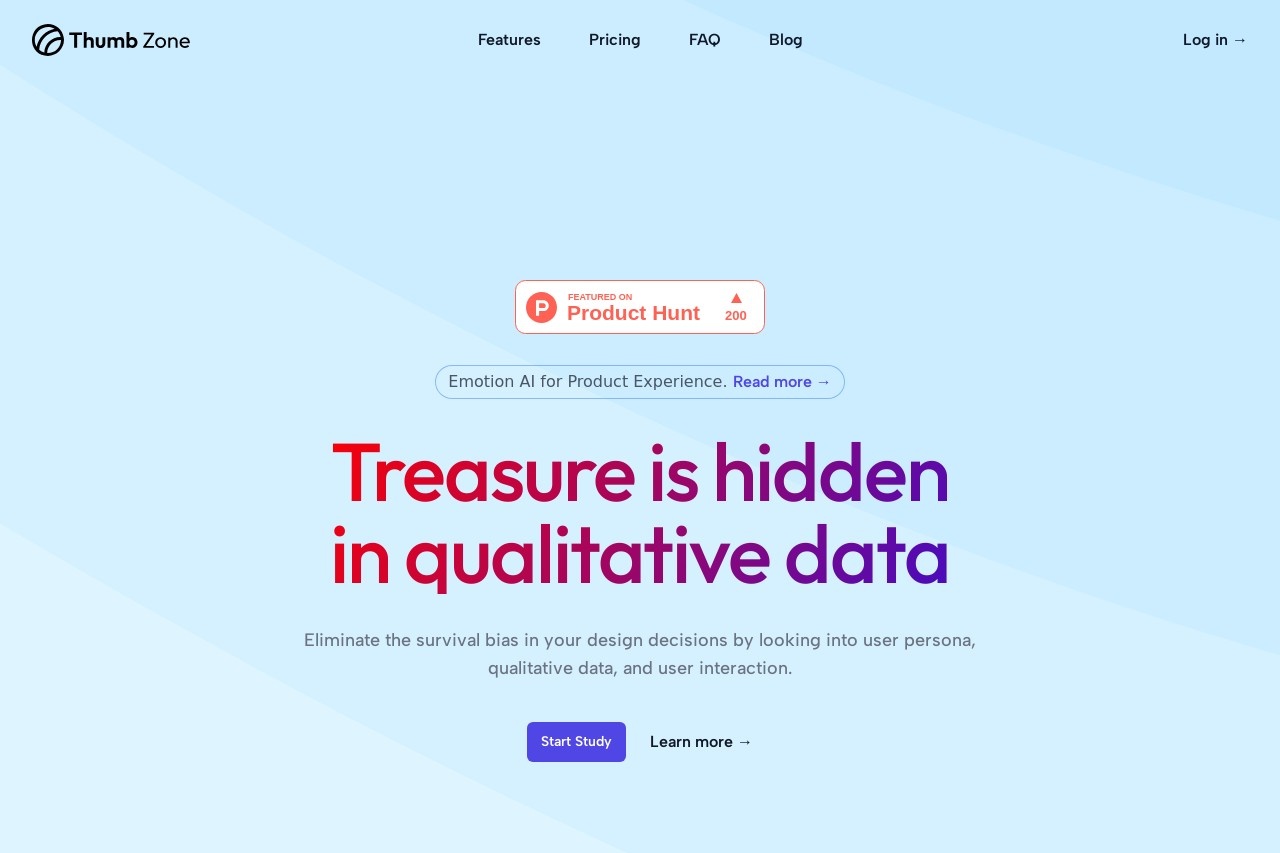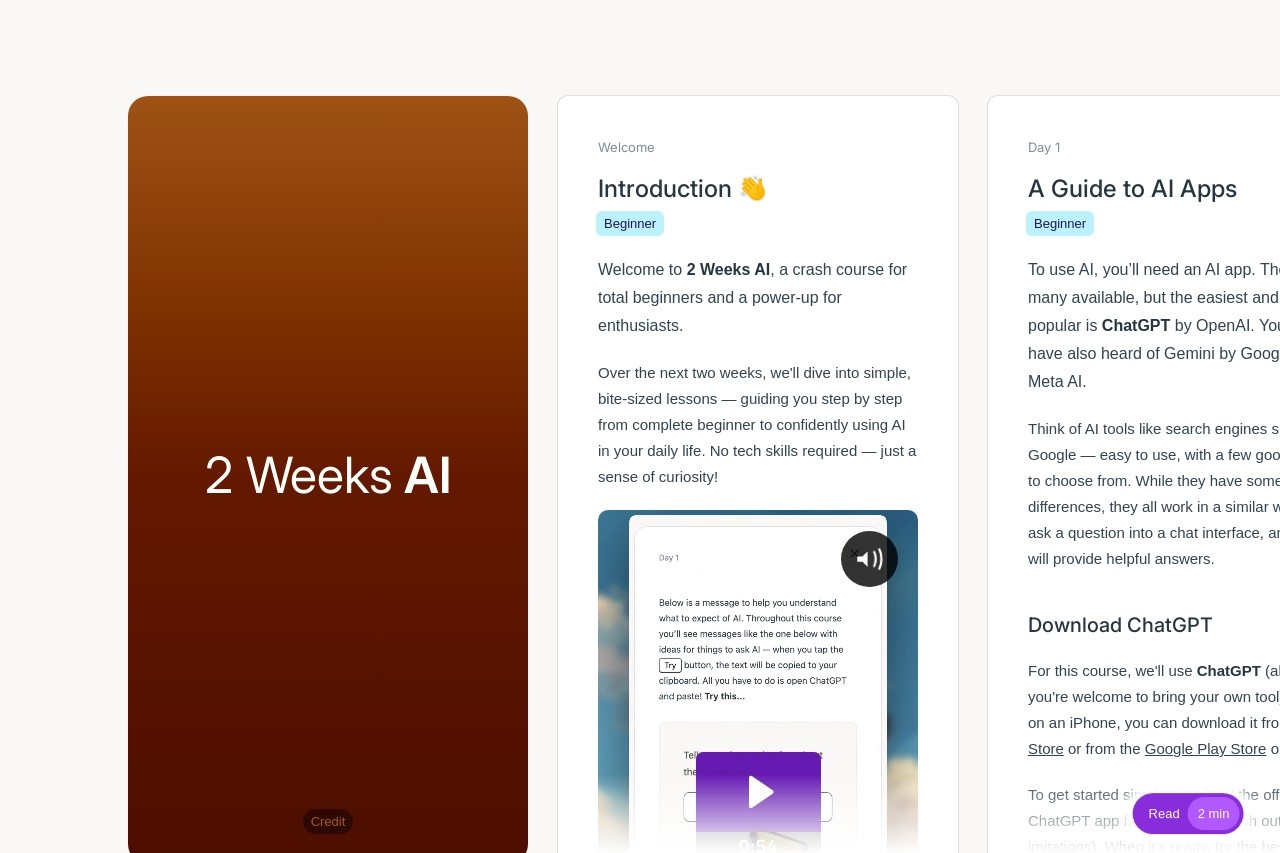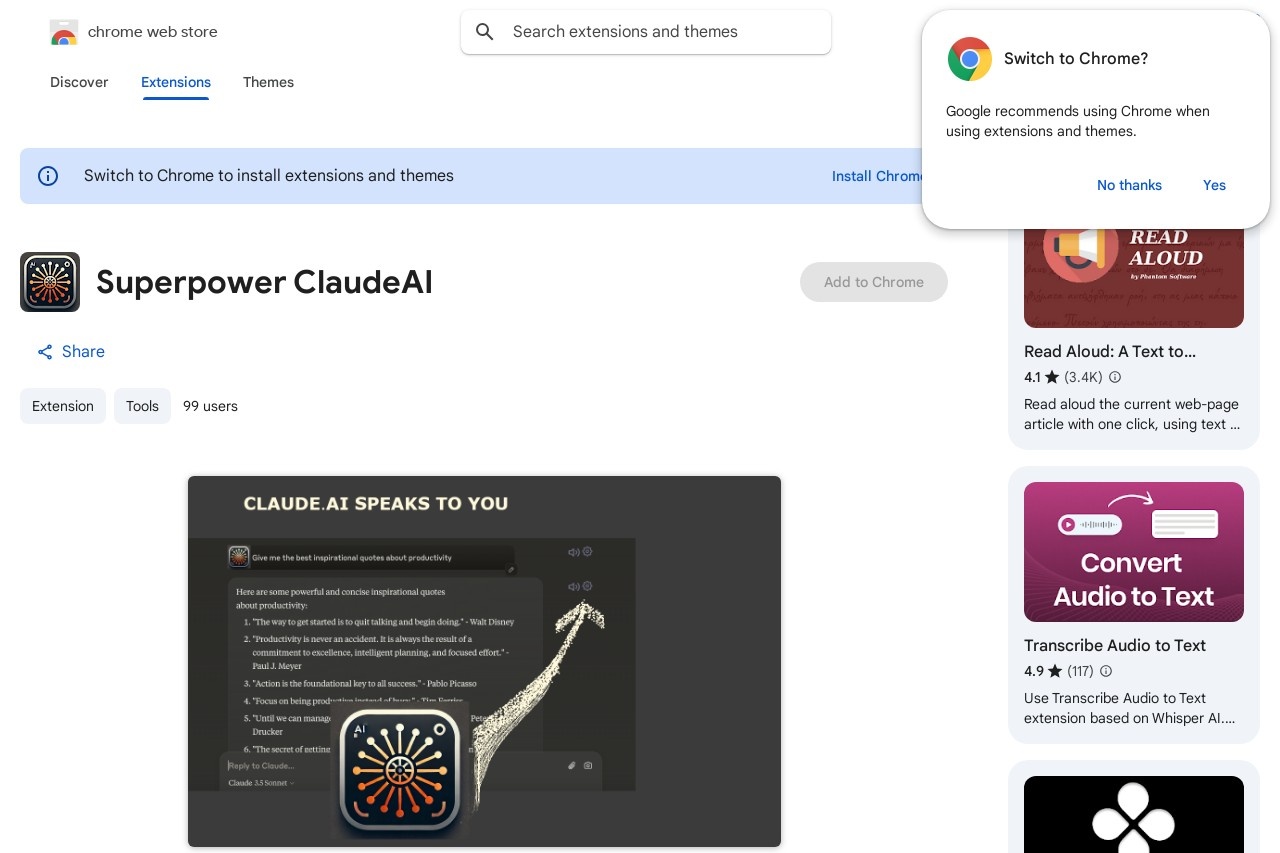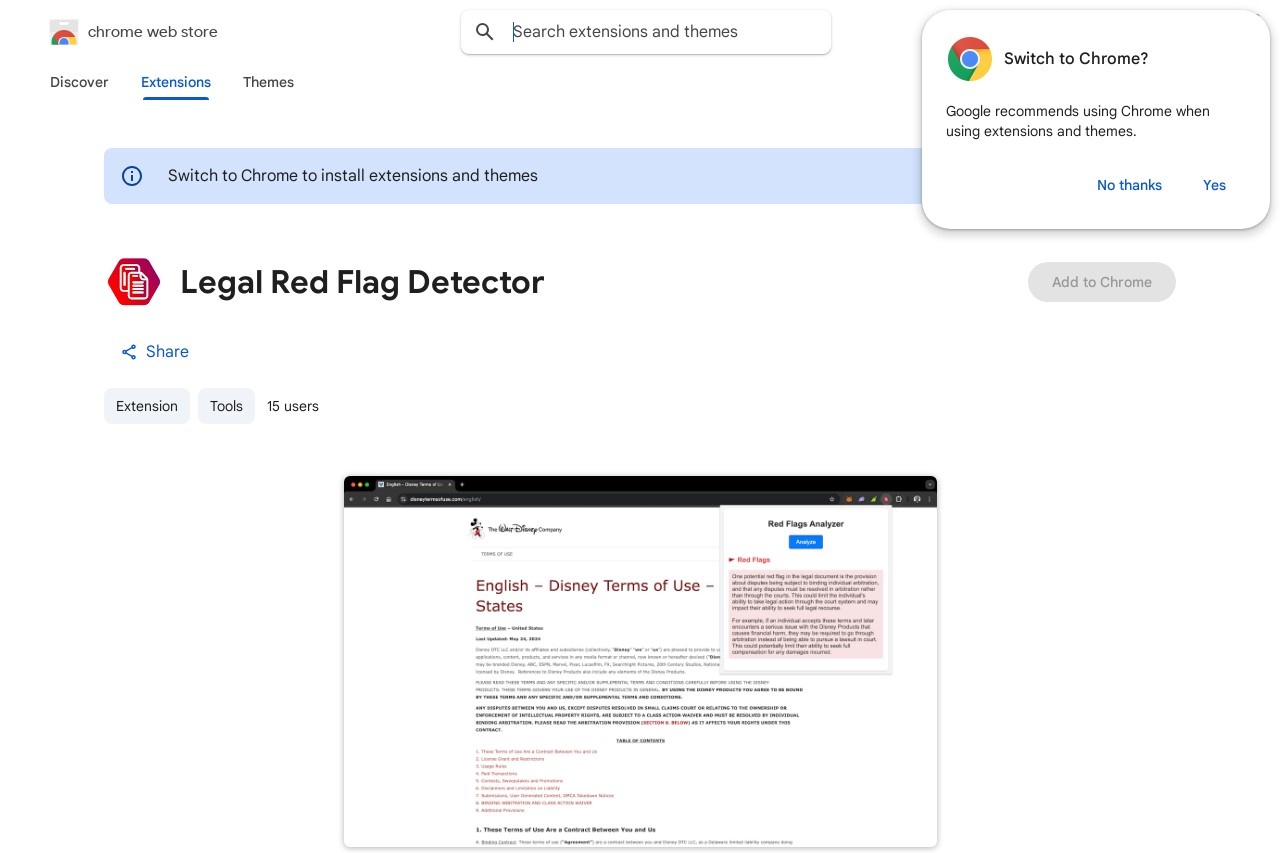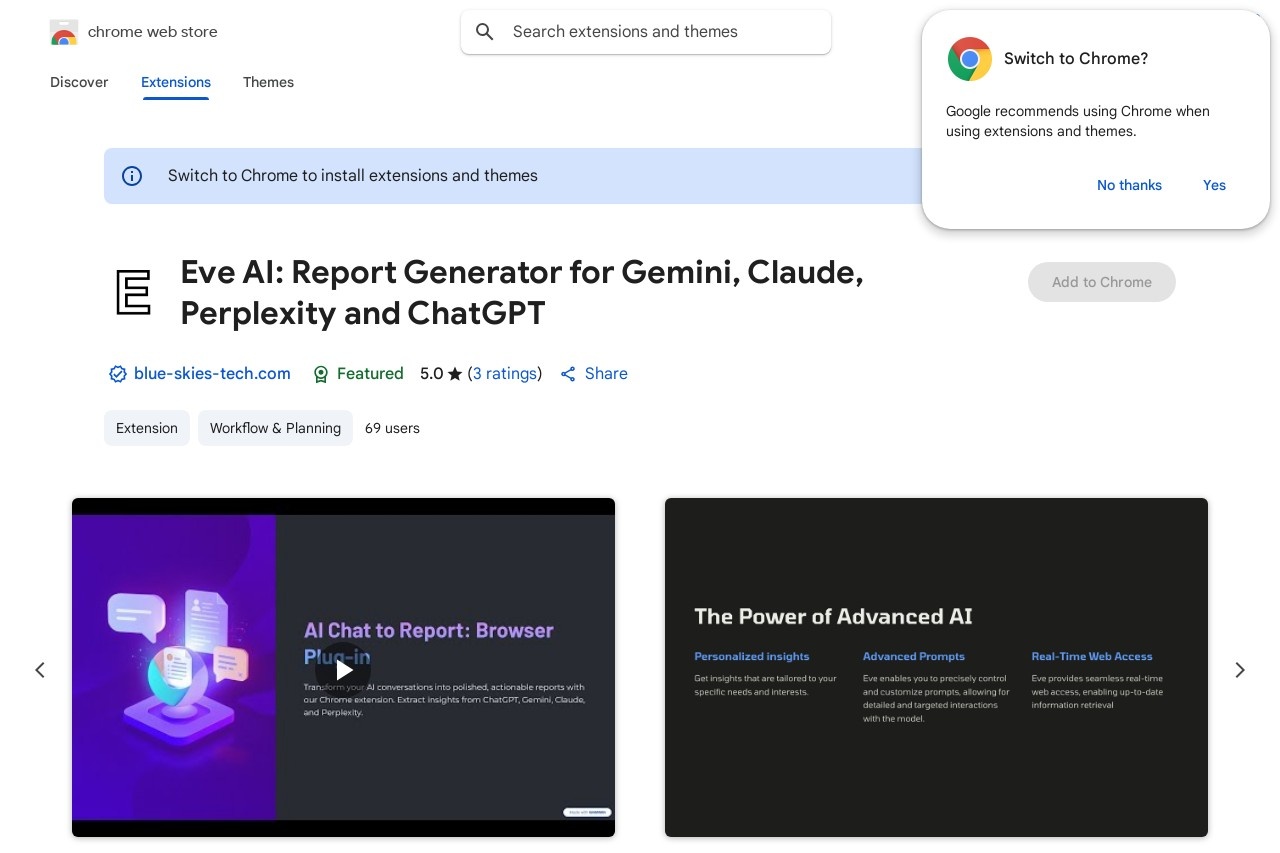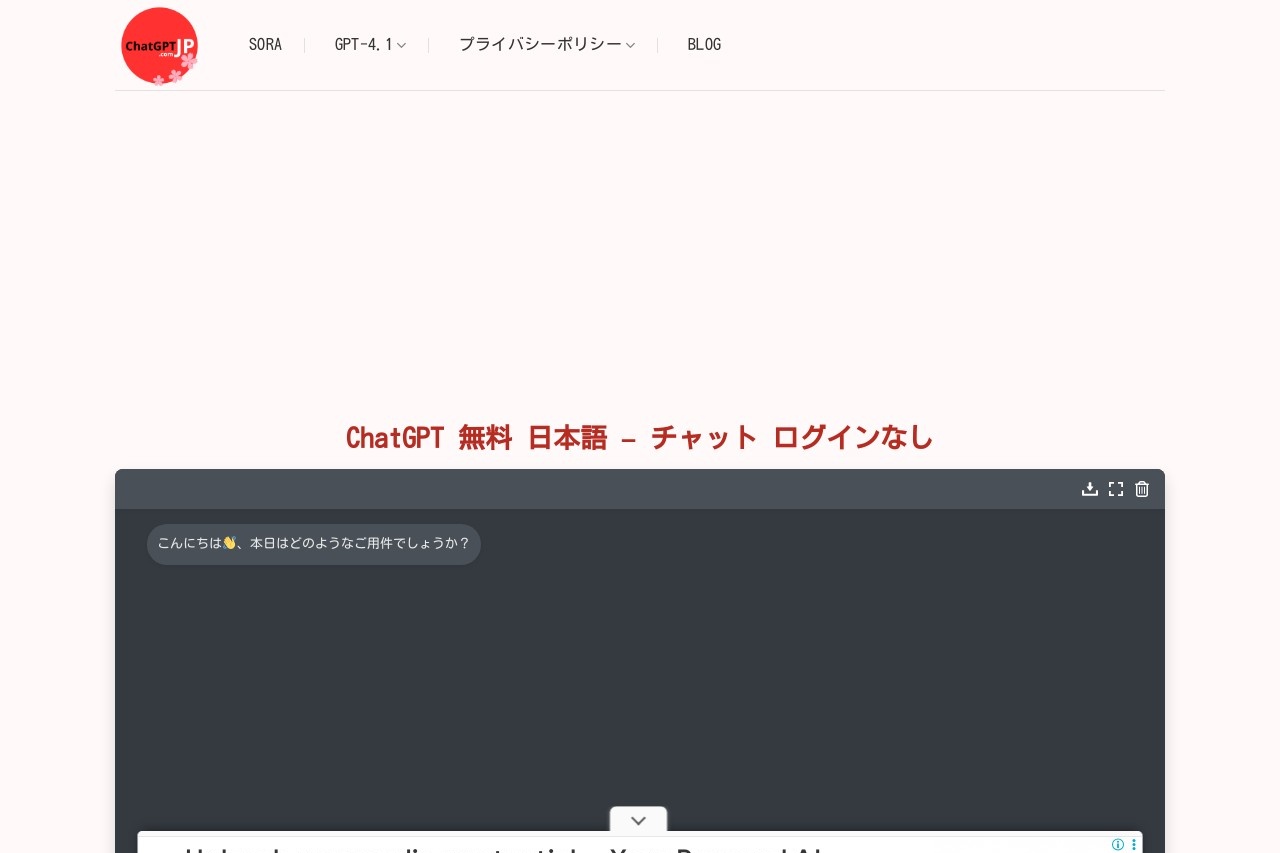Web3 Summary
Web3 Summary
A concise resource for Web3 information.
What is Web3?
Web3, or Web 3.0, represents the next evolution of the internet, focusing on decentralization, blockchain technology, and user ownership of data. Unlike Web 2.0, where platforms control user data, Web3 empowers individuals through decentralized networks.
Key Features of Web3
- Decentralization: No single entity controls the network; data is distributed across nodes.
- Blockchain Technology: Transactions and data are secured using cryptographic methods.
- Smart Contracts: Self-executing contracts automate processes without intermediaries.
- Tokenization: Digital assets (tokens) represent ownership or access rights.
- User Sovereignty: Users own and control their data and digital identities.
Web3 Use Cases
Web3 is transforming industries with innovative applications:
- Decentralized Finance (DeFi): Peer-to-peer financial services like lending and trading.
- NFTs (Non-Fungible Tokens): Unique digital assets for art, collectibles, and more.
- Decentralized Autonomous Organizations (DAOs): Community-led organizations governed by smart contracts.
- Web3 Social Media: Platforms where users monetize content and control data.
Challenges of Web3
Despite its potential, Web3 faces hurdles:
- Scalability: Blockchain networks often struggle with speed and transaction costs.
- Regulation: Governments are still defining frameworks for decentralized systems.
- User Experience: Complexity can deter mainstream adoption.
The Future of Web3
Web3 is still in its early stages, but its promise of a more open, transparent, and user-centric internet is driving rapid innovation. As technology matures, Web3 could redefine how we interact online.

